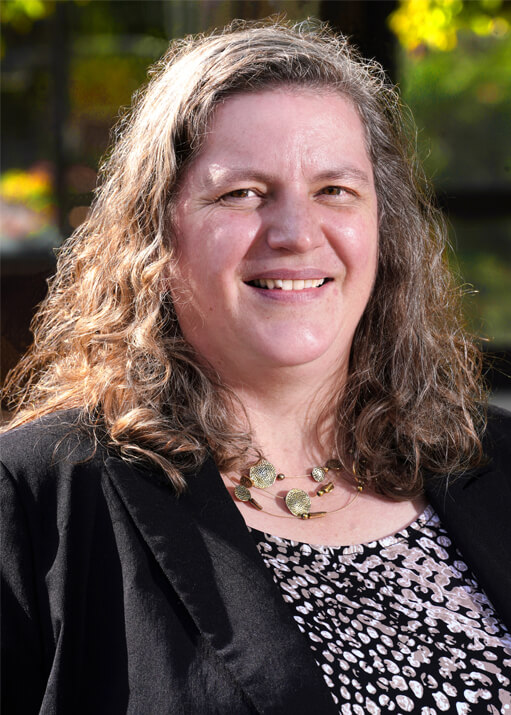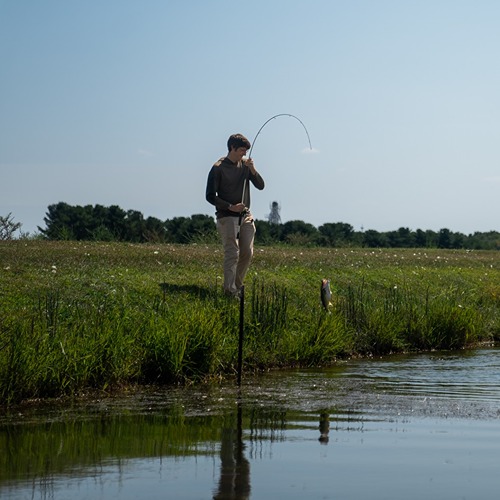Purdue Agriculture dean appoints Prokopy as new department head for horticulture and landscape architecture
Karen Plaut, the Glenn W. Sample Dean of Agriculture, has announced that Linda Prokopy, professor of forestry and natural resources, will be the new department head for horticulture and landscape architecture (HLA). Prokopy, a member of the College of Agriculture faculty for 17 years, was selected after a national search.

“Linda Prokopy is a successful and innovative social scientist who has made impressive contributions to the college and to the nation through her research, extension outreach and teaching,” Plaut said. “She recently served as co-director for the natural resources and environmental sciences interdisciplinary major with Laura Bowling, professor of agronomy. Their accomplishments have included doubling the number of students and conducting a revision of the curriculum. I am excited to see what Linda and HLA faculty and staff members will accomplish together moving forward.”
Prokopy shared her vision for leading the diverse HLA department.
“I believe our HLA department can lead the charge to transform our region into a mosaic of sustainable landscapes during this time of global change and challenges. HLA is well positioned to contribute to basic and applied science questions that will help the state, nation and world in the times ahead,” Prokopy said..
A graduate of the University of Michigan, Prokopy earned her masters and doctoral degrees in environmental planning from the University of North Carolina at Chapel Hill. She joined the faculty at Purdue in 2003. She is currently the outgoing editor-in-chief of Society and Natural Resources and the director of the Indiana Water Resources Research Center.
Among the interdisciplinary research projects with which she has been involved, Prokopy led the Useful to Usable (U2U) project, which ran from 2011-2017 and had the goal of increasing the use of climate information by corn producers across the North Central Region. U2U included over 60 faculty and staff and 62 graduate and undergraduate students from diverse disciplines and job roles and led to the creation of decision support tools that are still used, and over 50 peer-reviewed publications. U2U influenced decision-making on over 15.5 million acres in the Midwest and received formal recognition in the form of a partnership award from USDA-NIFA, a team award from the College of Agriculture, and the Governor’s Award for Environmental Excellence.
Prokopy has received multiple honors and awards during her career including as Fellow in the Soil and Water Conservation Society, Outstanding Graduate Mentor/Teacher, University Faculty Scholar and the Corinne Alexander Spirit of the Land Grant Mission Award. She assumes her position in HLA on Jan. 1.





